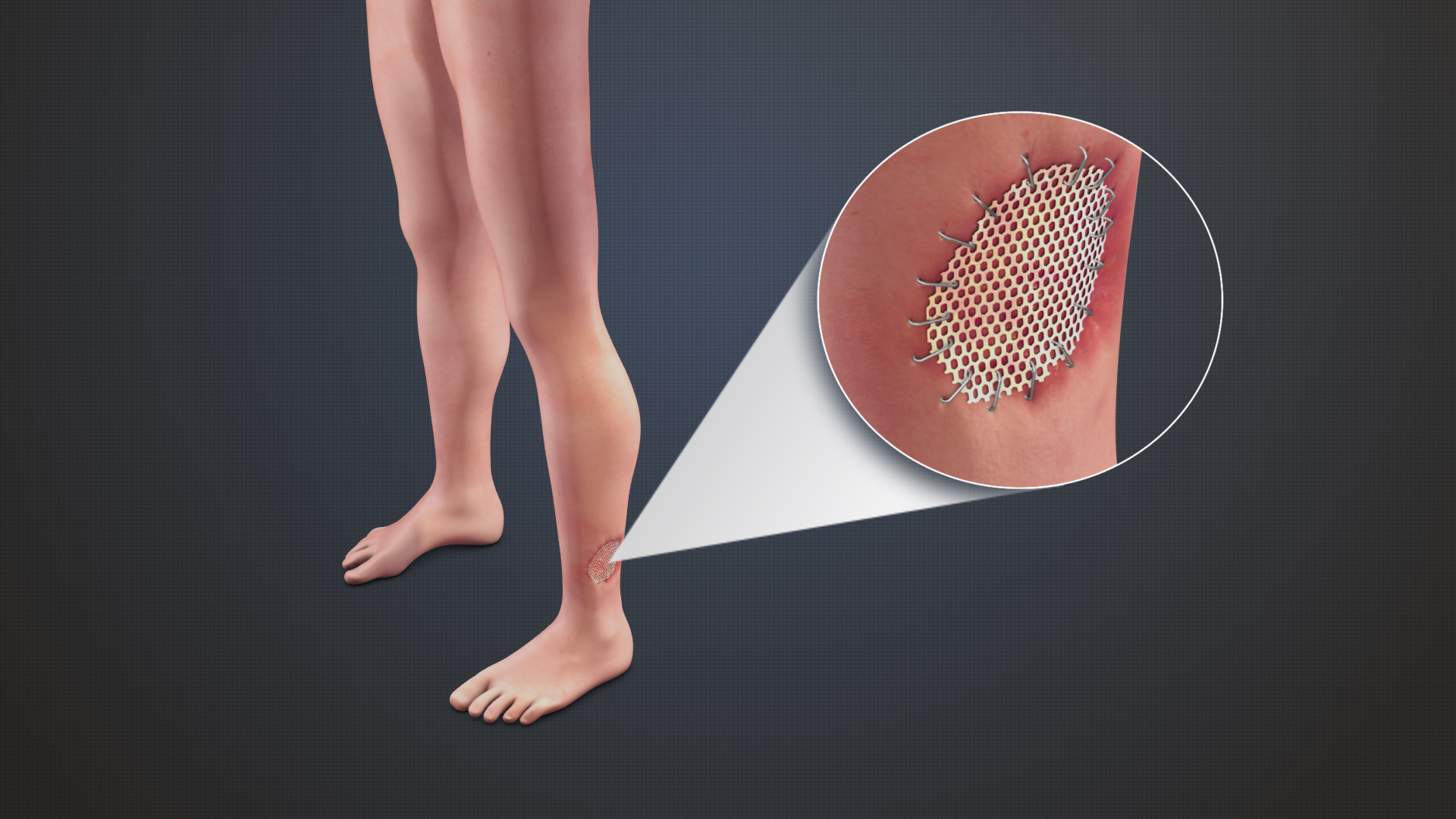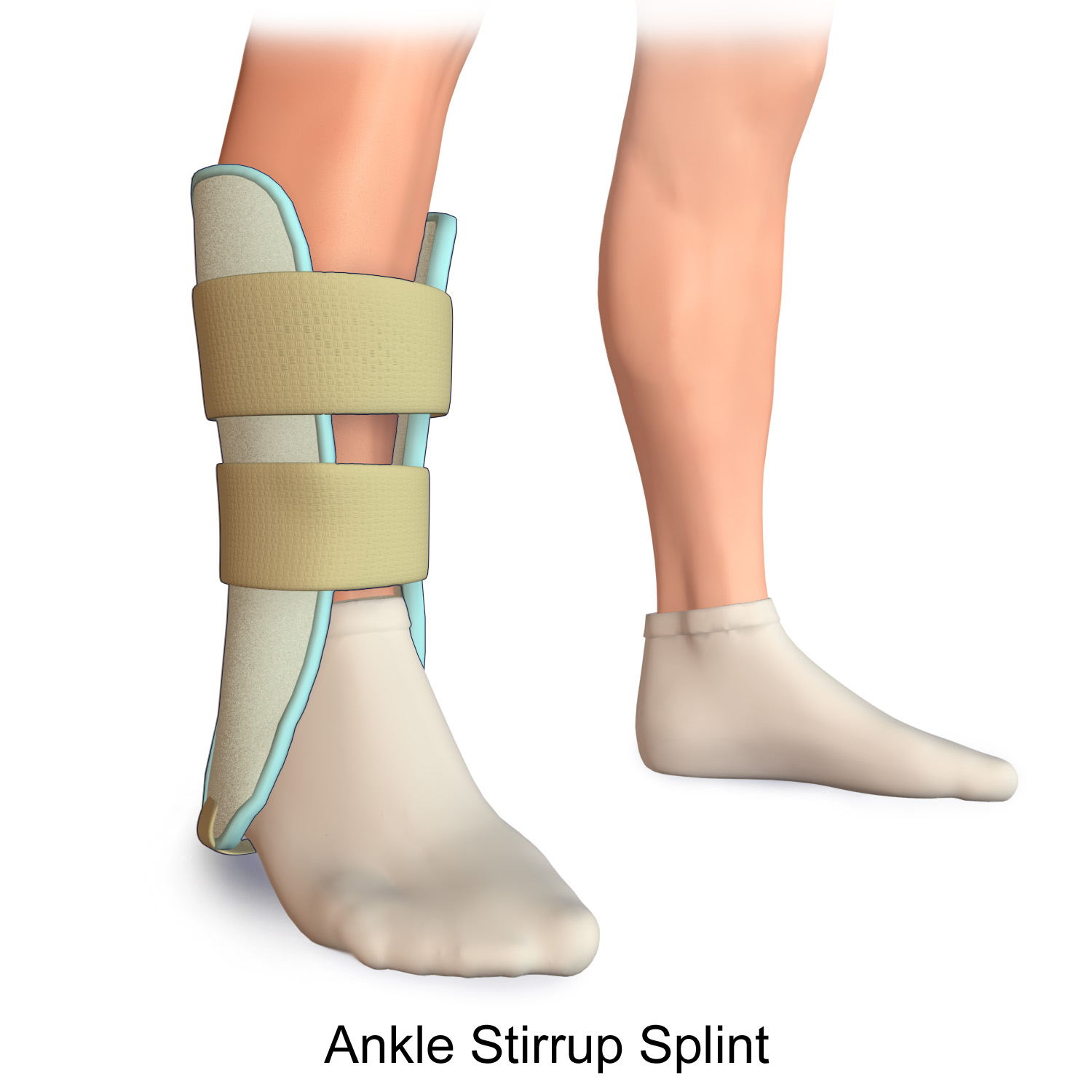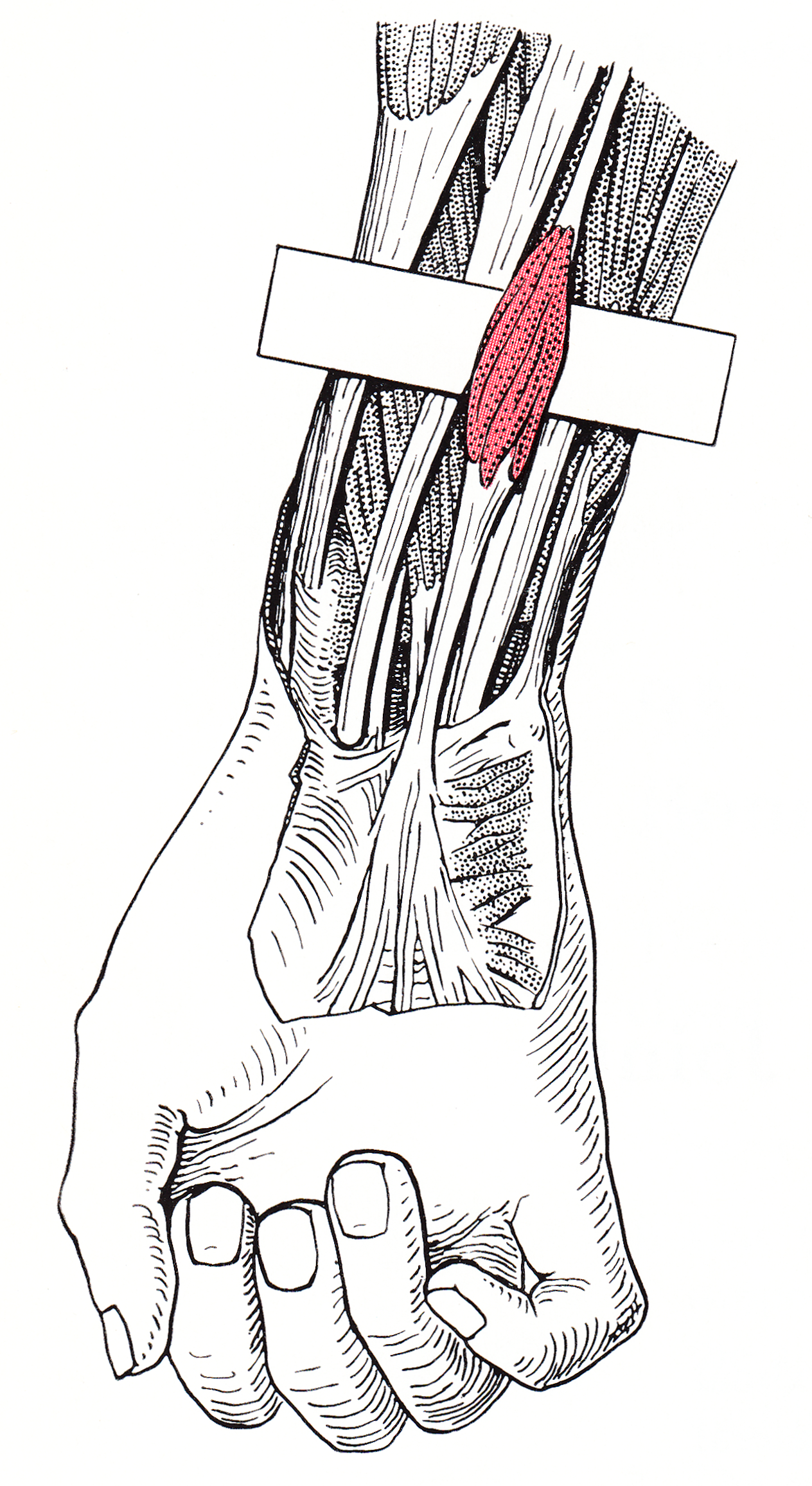|
Ulnar Collateral Ligament Reconstruction
Ulnar collateral ligament reconstruction, colloquially known as Tommy John surgery (TJS), is a surgical graft procedure where the ulnar collateral ligament in the medial elbow is replaced with either a tendon from elsewhere in the patient's body, or with one from a deceased donor. The procedure is common among collegiate and professional athletes in several sports, particularly in baseball. The procedure was devised in 1974 by orthopedic surgeon Frank Jobe, a Los Angeles Dodgers team physician who served as a special advisor to the team until his death in 2014. It is named after the first baseball player to undergo the surgery, major league pitcher Tommy John, whose record of 288 career victories ranks seventh among left-handed pitchers. The initial operation, John's successful post-surgery career, and the relationship between the two men was the subject of a 2013 ESPN ''30 for 30'' documentary. Uses The ulnar collateral ligament (UCL) can become stretched, frayed or torn thr ... [...More Info...] [...Related Items...] OR: [Wikipedia] [Google] [Baidu] |
Graft (surgery)
Grafting refers to a surgical procedure to move tissue from one site to another on the body, or from another creature, without bringing its own blood supply with it. Instead, a new blood supply grows in after it is placed. A similar technique where tissue is transferred with the blood supply intact is called a flap. In some instances, a graft can be an artificially manufactured device. Examples of this are a tube to carry blood flow across a defect or from an artery to a vein for use in hemodialysis. Classification Autografts and isografts are usually not considered as foreign and, therefore, do not elicit rejection. Allografts and xenografts may be recognized as foreign by the recipient and rejected. * Autograft: graft taken from one part of the body of an individual and transplanted onto another site in the same individual, e.g., skin graft. * Isograft: graft taken from one individual and placed on another individual of the same genetic constitution, e.g., grafts between ... [...More Info...] [...Related Items...] OR: [Wikipedia] [Google] [Baidu] |
Little League Elbow
Little League elbow is a condition that is caused by repetitive throwing motions, especially in children who play sports that involve an overhand throw. "Little Leaguer's elbow" was coined by Brogdon and Crow in an eponymous 1960 article in the American Journal of Radiology. The name of the condition is derived from the game of baseball. Compared to athletes who play other sports, baseball players are at higher risk of overuse injuries and injuries caused by early sports specialization by children and teenagers. Little League elbow is most often seen in young pitchers under the age of sixteen. The pitching motion causes a valgus stress to be placed on the elbow joint which can cause damage to the structures of the elbow, resulting in an avulsion of the medial epiphyseal plate (growth plate). The first diagnosis of the injury in 1960 set off a firestorm of controversy regarding how much youth baseball players can and should be asked to pitch. The ailment even appeared in the com ... [...More Info...] [...Related Items...] OR: [Wikipedia] [Google] [Baidu] |
Brace (orthopaedic)
Orthotics ( el, Ορθός, translit=ortho, lit=to straighten, to align) is a medical specialty that focuses on the design and application of orthoses, or braces. An is "an externally applied device used to influence the structural and functional characteristics of the neuromuscular and skeletal system". Orthotists are professionals who specialize in the provision of orthoses. Classification Orthotic devices are classified into four areas of the body according to the international classification system (ICS): orthotics of the lower extremities, orthotics of the upper extremities, orthotics for the trunk, and orthotics for the head. Orthoses are also classified by function: paralysis orthoses, relief orthoses, and soft braces. Under the International Standard terminology, orthoses are classified by an acronym describing the anatomical joints which they contain. For example, a knee-ankle-foot orthosis (English abbreviation: KAFO for Knee-ankle-foot orthoses) spans the kne ... [...More Info...] [...Related Items...] OR: [Wikipedia] [Google] [Baidu] |
Splint (medicine)
A splint is defined as "a rigid or flexible device that maintains in position a displaced or movable part; also used to keep in place and protect an injured part" or as "a rigid or flexible material used to protect, immobilize, or restrict motion in a part". Splints can be used for injuries that are not severe enough to immobilize the entire injured structure of the body. For instance, a splint can be used for certain fractures, soft tissue sprains, tendon injuries, or injuries awaiting orthopedic treatment. A splint may be static, not allowing motion, or dynamic, allowing controlled motion. Splints can also be used to relieve pain in damaged joints. Splints are quick and easy to apply and do not require a plastering technique. Splints are often made out of some kind of flexible material and a firm pole-like structure for stability. They often buckle or Velcro together. Uses * By the emergency medical services or by volunteer first responders, to temporarily immobilize a fract ... [...More Info...] [...Related Items...] OR: [Wikipedia] [Google] [Baidu] |
Outpatient
A patient is any recipient of health care services that are performed by healthcare professionals. The patient is most often ill or injured and in need of treatment by a physician, nurse, optometrist, dentist, veterinarian, or other health care provider. Etymology The word patient originally meant 'one who suffers'. This English noun comes from the Latin word ', the present participle of the deponent verb, ', meaning 'I am suffering,' and akin to the Greek verb (', to suffer) and its cognate noun (). This language has been construed as meaning that the role of patients is to passively accept and tolerate the suffering and treatments prescribed by the healthcare providers, without engaging in shared decision-making about their care. Outpatients and inpatients An outpatient (or out-patient) is a patient who attends an outpatient clinic with no plan to stay beyond the duration of the visit. Even if the patient will not be formally admitted with a note as an outpatient, the ... [...More Info...] [...Related Items...] OR: [Wikipedia] [Google] [Baidu] |
Scar
A scar (or scar tissue) is an area of fibrous tissue that replaces normal skin after an injury. Scars result from the biological process of wound repair in the skin, as well as in other organs, and tissues of the body. Thus, scarring is a natural part of the healing process. With the exception of very minor lesions, every wound (e.g., after accident, disease, or surgery) results in some degree of scarring. An exception to this are animals with complete regeneration, which regrow tissue without scar formation. Scar tissue is composed of the same protein ( collagen) as the tissue that it replaces, but the fiber composition of the protein is different; instead of a random basketweave formation of the collagen fibers found in normal tissue, in fibrosis the collagen cross-links and forms a pronounced alignment in a single direction. This collagen scar tissue alignment is usually of inferior functional quality to the normal collagen randomised alignment. For example, scars in the s ... [...More Info...] [...Related Items...] OR: [Wikipedia] [Google] [Baidu] |
Allograft
Allotransplant (''allo-'' meaning "other" in Greek) is the transplantation of cells, tissues, or organs to a recipient from a genetically non-identical donor of the same species. The transplant is called an allograft, allogeneic transplant, or homograft. Most human tissue and organ transplants are allografts. It is contrasted with autotransplantation (from one part of the body to another in the same person), syngenic transplantation of isografts (grafts transplanted between two genetically identical individuals) and xenotransplantation (from other species). Allografts can be referred to as "homostatic" if they are biologically inert when transplanted, such as bone and cartilage. An immune response against an allograft or xenograft is termed rejection. An allogenic bone marrow transplant can result in an immune attack on the recipient, called graft-versus-host disease. Procedure Material is obtained from a donor who is a living person, or a deceased person's body receiving ... [...More Info...] [...Related Items...] OR: [Wikipedia] [Google] [Baidu] |
Extensor
In anatomy, extension is a movement of a joint that increases the angle between two bones or body surfaces at a joint. Extension usually results in straightening of the bones or body surfaces involved. For example, extension is produced by extending the flexed (bent) elbow. Straightening of the arm would require extension at the elbow joint. If the head is tilted all the way back, the neck is said to be extended. Muscles of extension Upper limb *of arm at shoulder **Axilla and Shoulder ***Latissimus Dorsi *** Posterior Fibres of Deltoid ***Teres Major *of forearm at elbow **Posterior compartment of the arm ***Triceps Brachii ***Anconeus *of hand at wrist **Posterior compartment of the forearm *** Extensor carpi radialis longus ***Extensor carpi radialis brevis ***Extensor carpi ulnaris ***Extensor digitorum *of phalanges, at all joints **Posterior compartment of the forearm ***Extensor digitorum ***Extensor digiti minimi (little finger only) ***Extensor indicis (index finger only) ... [...More Info...] [...Related Items...] OR: [Wikipedia] [Google] [Baidu] |
Patellar Ligament
The patellar tendon is the distal portion of the common tendon of the quadriceps femoris, which is continued from the patella to the tibial tuberosity. It is also sometimes called the patellar ligament as it forms a bone to bone connection when the patella is fully ossified. Structure The patellar tendon is a strong, flat ligament, which originates on the apex of the patella distally and adjoining margins of the patella and the rough depression on its posterior surface; below, it inserts on the tuberosity of the tibia; its superficial fibers are continuous over the front of the patella with those of the tendon of the quadriceps femoris. It is about 4.5 cm long in adults (range from 3 to 6 cm). The medial and lateral portions of the quadriceps tendon pass down on either side of the patella to be inserted into the upper extremity of the tibia on either side of the tuberosity; these portions merge into the capsule, as stated above, forming the medial and lateral patellar retina ... [...More Info...] [...Related Items...] OR: [Wikipedia] [Google] [Baidu] |
Palmaris Longus Muscle
The palmaris longus is a muscle visible as a small tendon located between the flexor carpi radialis and the flexor carpi ulnaris, although it is not always present. It is absent in about 14 percent of the population; this number can vary in African, Asian, and Native American populations, however. Absence of the palmaris longus does not have an effect on grip strength. The lack of palmaris longus muscle does result in decreased pinch strength in fourth and fifth fingers. The absence of palmaris longus muscle is more prevalent in females than males. The palmaris longus muscle can be seen by touching the pads of the fourth finger and thumb and flexing the wrist. The tendon, if present, will be visible in the midline of the anterior wrist. Structure Palmaris longus is a slender, elongated, spindle shaped muscle, lying on the medial side of the flexor carpi radialis. It is widest in the middle, and narrowest at the proximal and distal attachments.'' Gray's Anatomy'' (1918), see info ... [...More Info...] [...Related Items...] OR: [Wikipedia] [Google] [Baidu] |
Humerus
The humerus (; ) is a long bone in the arm that runs from the shoulder to the elbow. It connects the scapula and the two bones of the lower arm, the radius and ulna, and consists of three sections. The humeral upper extremity consists of a rounded head, a narrow neck, and two short processes (tubercles, sometimes called tuberosities). The body is cylindrical in its upper portion, and more prismatic below. The lower extremity consists of 2 epicondyles, 2 processes (trochlea & capitulum), and 3 fossae (radial fossa, coronoid fossa, and olecranon fossa). As well as its true anatomical neck, the constriction below the greater and lesser tubercles of the humerus is referred to as its surgical neck due to its tendency to fracture, thus often becoming the focus of surgeons. Etymology The word "humerus" is derived from la, humerus, umerus meaning upper arm, shoulder, and is linguistically related to Gothic ''ams'' shoulder and Greek ''ōmos''. Structure Upper extremity The upper or pr ... [...More Info...] [...Related Items...] OR: [Wikipedia] [Google] [Baidu] |
Ulna
The ulna (''pl''. ulnae or ulnas) is a long bone found in the forearm that stretches from the elbow to the smallest finger, and when in anatomical position, is found on the medial side of the forearm. That is, the ulna is on the same side of the forearm as the little finger. It runs parallel to the radius, the other long bone in the forearm. The ulna is usually slightly longer than the radius, but the radius is thicker. Therefore, the radius is considered to be the larger of the two. Structure The ulna is a long bone found in the forearm that stretches from the elbow to the smallest finger, and when in anatomical position, is found on the medial side of the forearm. It is broader close to the elbow, and narrows as it approaches the wrist. Close to the elbow, the ulna has a bony process, the olecranon process, a hook-like structure that fits into the olecranon fossa of the humerus. This prevents hyperextension and forms a hinge joint with the trochlea of the humerus. There is ... [...More Info...] [...Related Items...] OR: [Wikipedia] [Google] [Baidu] |





.jpg)


